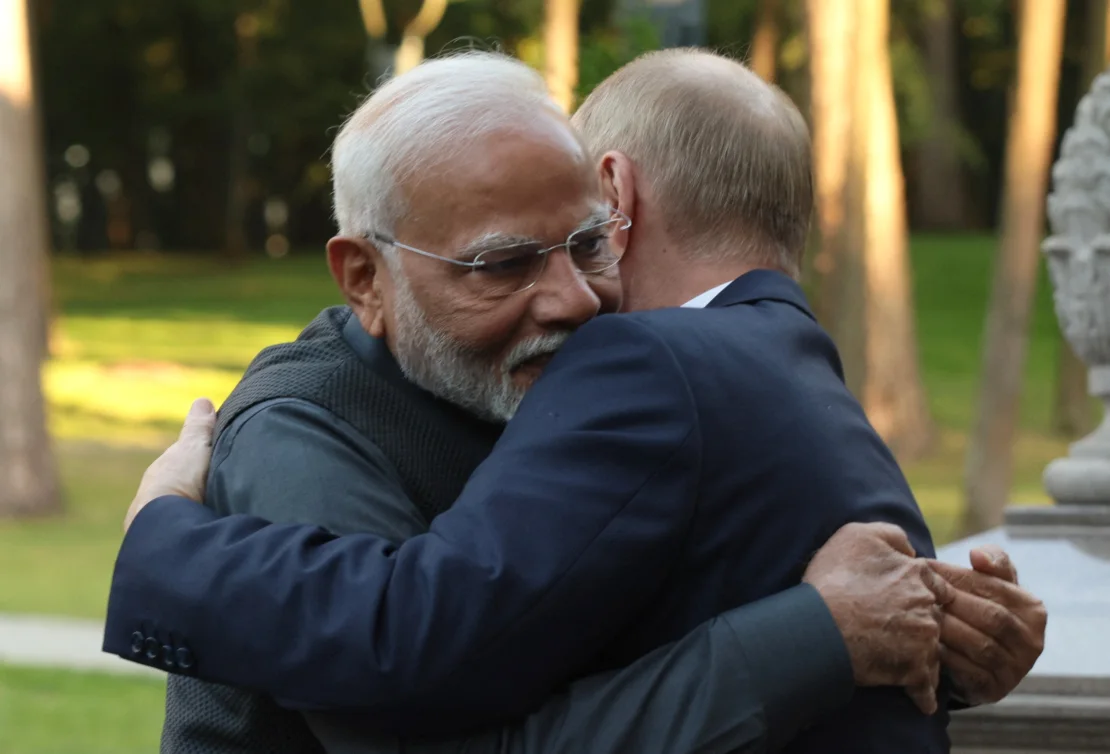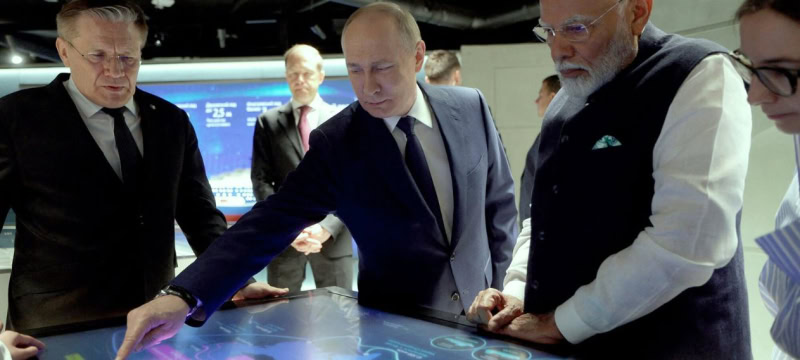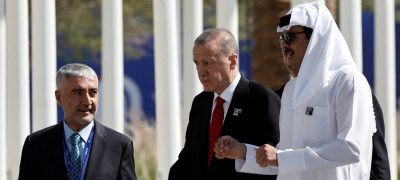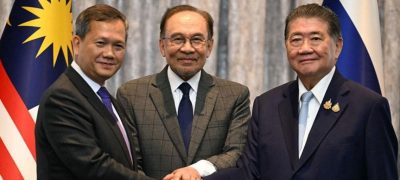Vladimir Putin personally driving Indian Prime Minister Narendra Modi in a mini electric car at his residence highlights their close relationship.
Modi’s visit to Moscow, despite Western sanctions on Putin due to the Ukraine conflict, suggests these sanctions have limited impact. The use of an electric car in Russia, known for its petroleum resources, also symbolizes a shift in the Modi-Putin dynamic towards environmental consciousness and nuclear cooperation.
Read more: Modi Arrives In Russia, First Visit Since Ukraine Conflict Began
Throughout the Ukraine conflict, Modi has supported Putin by maintaining India as a consistent buyer of Russian oil and gas. During Modi’s recent visit, discussions included plans for Russia to construct six new high-powered nuclear reactors in India, alongside next-generation small nuclear power plants, as reported by Russian state news agency.
Despite controversies surrounding nuclear energy, it remains a zero-carbon solution crucial for many countries addressing climate challenges. Russia’s historical expertise in nuclear technology, dating back to Soviet times, positions it competitively in the global nuclear market. Elisabeth Braw of the Atlantic Council’s Transatlantic Security Initiative noted that Russia’s natural resources and nuclear heritage are advantageous commercially, especially with countries like India keen to expand nuclear power generation.
Putin’s dominance in nuclear technology helps maintain his global stature, despite Western isolation over Ukraine. Modi, adhering to India’s non-aligned foreign policy, continues to balance relations between Russia and the West, ensuring India’s strategic autonomy.
Overall, the Modi-Putin relationship, strengthened amidst geopolitical tensions, now extends into green energy initiatives and robust nuclear collaboration, underscoring their evolving partnership amid global political dynamics.

Their enduring friendship seems set in stone. The expansion of nuclear cooperation with six additional plants will solidify their bond for decades. Constructing these plants is a lengthy process involving years of building, regular maintenance, technological advancements, and ongoing uranium refueling—resources that Russia abundantly possesses.
Prohibition by the US on Russian Uranium
Russia has fallen behind China in renewable technology and trails far behind the United States in transitioning to clean energy, with minimal development in wind and solar capacities. Consequently, Russia is heavily banking on exporting nuclear technology to bolster its income and global influence. This includes traditional nuclear reactors, advanced small modular reactors, and high-assay low-enriched uranium (HALEU), a fuel type unique to Russia at a significant scale.
The United States recognizes the severity of this challenge. Initially hesitant due to its reliance on Russian uranium for nuclear power, the Biden administration reversed course in May by imposing a ban on Russian uranium imports. The US is now focused on rapidly advancing its own HALEU production for next-generation reactors, aiming to compete with Russia in international nuclear technology markets.
“Russia leads globally in constructing nuclear plants abroad, and its government aggressively pursues international partnerships in civil nuclear cooperation,” remarked Alan Ahn, Deputy Director for the Nuclear, Climate, and Energy Program at Third Way, a Washington DC-based research organization.
Breaking Russia’s entrenched market dominance in nuclear power poses significant challenges for other countries. Ahn emphasized that for the US to diminish Russia’s influence in this sector, it must develop competitive commercial offerings.
However, despite collaborative efforts in nuclear technology and recent agreements, both Russia and India show no signs of abandoning fossil fuels or emerging as climate leaders in the near future.

India ranks as the world’s third-largest emitter of greenhouse gases, while Russia follows closely in fourth place. Both countries are expected to continue their oil and gas trade and are exploring opportunities in the Arctic, where melting ice due to global warming is opening up the Northern Sea Route. This route offers a faster connection from western Russia to India compared to traditional routes and is projected to be ice-free by 2050. Ironically, the primary cargo transported along this route—fossil fuels—is a major contributor to climate change.
During discussions on Tuesday, Russian and Indian delegates explored further utilization of the Northern Sea Route. Elisabeth Braw noted India’s pragmatic and somewhat opportunistic approach, viewing closer collaboration with Russia in the Arctic as beneficial without additional costs.
Additionally, India is gaining from processing Russian crude oil, providing an added source of income. Braw highlighted that India sees this collaboration as advantageous, given the circumstances.
In essence, India and Russia are leveraging Arctic opportunities amidst climate concerns and economic benefits, highlighting their strategic and economic calculations in the face of environmental challenges.









